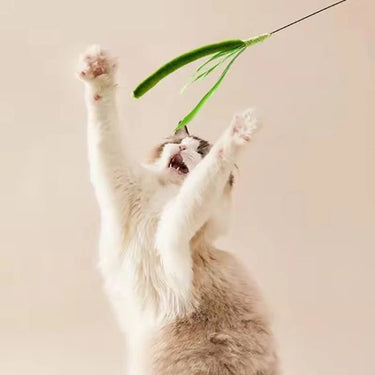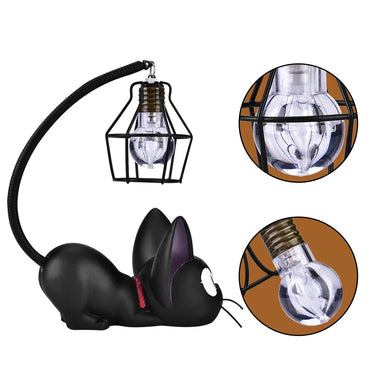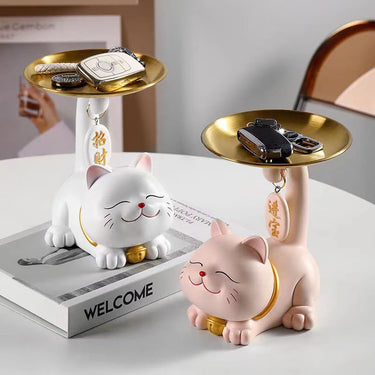Cats are complex creatures with sophisticated ways of expressing affection and loyalty. While they maintain their independent nature, cats develop deep bonds with their chosen humans through various behavioral signals. Understanding these signs helps strengthen the unique relationship between felines and their preferred caregivers.
Physical Proximity and Following Behavior
The shadowing behavior exhibited by bonded cats has deep evolutionary roots. In feline colonies, close physical proximity indicates membership in the same social group and provides mutual protection. A devoted cat will consistently sit in the same room while maintaining line of sight with their chosen human. They often position themselves at elevated vantage points, offering them a clear view of their hooman's activities. Even when other comfortable spots are available throughout the house, a bonded cat sleeps nearby, readily adjusting its position to maintain this close connection whenever its human moves.
Distinctive Vocalizations and Communication
Cats develop a sophisticated "private language" with their chosen humans, similar to how mother cats communicate with their kittens. This unique communication system includes morning greetings with distinct pitch and duration alongside specific sounds used when seeking attention or assistance. Scientists have identified that cats use different meows for various needs, such as requesting food, initiating play, or seeking comfort. Most remarkably, they develop combination sounds that mix purrs with other vocalizations, creating particular "conversation" patterns when responding to their hooman's voice.
Maternal Behavior in the Wild and Human Bonding
The parallel between maternal care and human bonding reveals fascinating insights into the depth of the human-feline relationship. Mother cats spend up to 70% of their time in direct physical contact with their kittens, dedicating themselves to grooming, protecting, and teaching essential life skills. This nurturing behavior directly translates to how bonded cats interact with their chosen humans, attempting to groom them, offering protective supervision, and even teaching behaviors through the presentation of "prey" or toys.
In the wild, mother cats gradually introduce their kittens to the social group, demonstrating safe spaces and resources while establishing communication patterns and creating routine and structure. Similarly, bonded cats integrate their chosen human into their personal territory, sharing preferred resting spots and developing unique communication systems. They align their routines with their hooman's schedule, creating a synchronized daily rhythm.
Physical Contact and Sleeping Habits: Understanding Your Cat's Rest Patterns
The various forms of physical contact between cats and their chosen humans carry profound meaning in feline body language. Headbutting, or bunting, combines scent marking with a display of trust, while leg rubbing serves both to claim territory and express affection. Kneading behavior, reminiscent of nursing, indicates deep comfort and security. Face rubbing represents a more intimate form of scent marking and shows complete acceptance into their social circle.
Regarding sleeping positions, cats communicate volumes about their trust and emotional state through their chosen rest postures. A cat sleeping with its back exposed to its human demonstrates the ultimate expression of trust, as this position leaves it utterly vulnerable to potential threats. This behavior directly contradicts their natural survival instincts, indicating they view their chosen person as a source of safety rather than danger.
The paws-tucked position, often called the "loaf" position, signifies contentment and security in cats' environments. When cats rest this way near their chosen human, they're displaying both comfort and readiness—able to spring into action if needed while remaining relaxed enough to rest. This position often appears when cats monitor their hooman's activities while maintaining peace and security.
Body contact during sleep represents one of the most intimate forms of feline trust. When a cat chooses to press against its hooman while sleeping, it's not just seeking warmth—it's actively choosing to synchronize its vulnerable rest period with its trusted companion. This behavior mimics how kittens sleep with their mothers and siblings, indicating that they view their hooman as family. Some cats even stretch out fully against their person, maximizing physical contact and demonstrating complete faith in their safety.
Cats may also display various other sleep positions near their chosen human, each carrying its own significance. The side-sleeping position, with legs stretched out, indicates complete relaxation and trust in their environment. Curling into a tight ball nearby suggests they protect themselves while remaining close to their trusted companion. Some cats even sleep on their human's chest or neck, positioning themselves near the face and heartbeat, reminiscent of the comfort they felt as kittens with their mother.
Gift-Giving and Territorial Protection
The presentation of gifts follows a sophisticated hierarchical pattern, from simple toys to actual prey items, each carrying different social significance. Cats carefully choose the location for these offerings, with bedrooms being the most intimate space and living areas representing social sharing zones. Their protective behaviors extend to regular perimeter checking, maintaining alert postures, and intercepting perceived threats. During stress, bonded cats increase their attention and physical proximity to their chosen human, offering comfort through their presence.
Recognition of Daily Routines and Bond Maintenance
Cats demonstrate remarkable temporal awareness by anticipating regular events within 15-minute windows and adjusting their sleep patterns to match human schedules. They develop predictive behaviors for meal times, play sessions, and bedtime routines, showing increased activity before these regular interactions. This sophisticated understanding of daily patterns strengthens the bond between cats and humans.
Maintaining consistency in feeding times and locations is crucial to nurture this special relationship. Regular interactive play sessions, quiet bonding periods, and respect for personal space help reinforce positive behaviors. Environmental enrichment and stable territory boundaries provide the security needed for the relationship to flourish.
Building Trust Through Understanding
This unique bond represents a sophisticated social arrangement that has evolved alongside human-cat cohabitation over thousands of years. Understanding these behaviors helps us recognize and appreciate the depth of feline attachment, creating a mutually enriching relationship built on trust, protection, and understanding. The parallels between maternal care and caregiver bonding highlight how cats adopt their chosen humans into their family structure, creating a remarkable cross-species connection that continues to evolve and deepen.




















